Lithium vs Lead-Acid Battery: Comprehensive Comparison & Buying Guide【2025】
The Complete Guide to Lithium vs Lead-Acid Battery
In energy storage, lithium-ion batteries and lead-acid batteries dominate the market. Whether for solar systems, electric vehicles, or industrial equipment, choosing the right battery type impacts performance, cost, and long-term efficiency. This article compares these two technologies across cycle life, charging efficiency, environmental adaptability, and safety, while addressing FAQs like “What is a sealed lead-acid battery?” and “Which is better?” to help you make informed decisions.

1. Core Differences Between Lead-Acid and Lithium Batteries
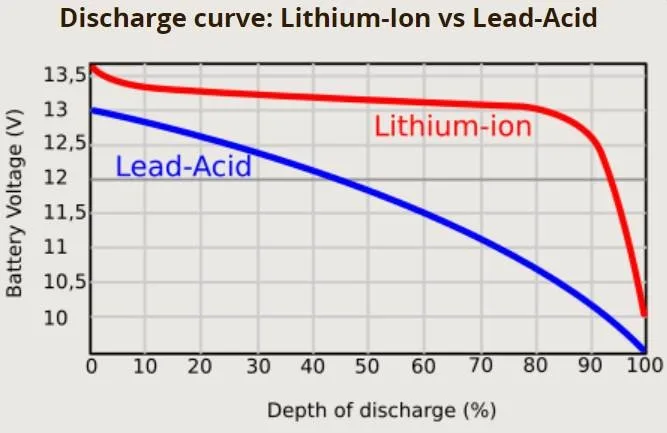
1.1 Cycle Life & Cost Efficiency
- Lithium-ion (e.g., LiFePO4): 3,000–5,000 cycles, retaining 80%+ capacity after 2,000 cycles.
- Lead-Acid: 300–500 cycles, with capacity often dropping below 50% after 150 cycles.
- Cost Insight: Lithium’s upfront cost is 2–3× higher, but its lifespan reduces long-term expenses by 40–50%.
1.2 Charging Speed & Energy Efficiency
- Lithium: Charges in 2–5 hours (99% efficiency); supports partial “opportunity charging.”
- Lead-Acid: Requires 8–10 hours (50–80% efficiency) and must be fully discharged before recharging to avoid sulfation damage.
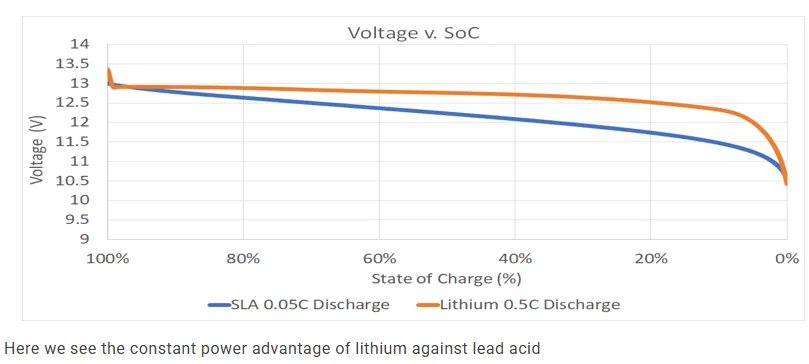
1.3 Temperature Tolerance
- High Heat: Lithium lasts 2× longer than lead-acid at 55°C (131°F).
- Low Temperatures:
- Lithium: Delivers 70% capacity at -18°C (0°F) but cannot charge below 0°C (32°F) without heating systems.
- Lead-Acid: Provides 45% capacity at -18°C and allows low-current charging in freezing conditions.
1.4 Weight & Space Efficiency
- Lithium has 3× higher energy density, weighing 60% less. For example, a 48V/600Ah lithium pack weighs ~700 lbs vs. 1,800 lbs for lead-acid.
2. What Is a Sealed Lead-Acid Battery (VRLA)?
Valve-Regulated Lead-Acid (VRLA) batteries are maintenance-free with unique designs:
- Structure: Electrolyte is absorbed in AGM separators or gel, eliminating leaks.
- Safety: Pressure-relief valves prevent acid spills during overcharging.
- Applications: UPS systems, emergency lighting, medical devices (5–10-year lifespan).
3. Which Is Better? Key Applications Decoded
✅ When to Choose Lithium Batteries
- High-Cycle Applications: Solar storage, forklifts (5,000+ cycles reduce replacements).
- Weight-Sensitive Uses: RVs, drones, marine applications.
- Extreme Environments: High-temperature warehouses or cold-chain logistics.
✅ When Lead-Acid Batteries Shine
- Budget Constraints: Initial cost is 1/3–1/2 of lithium.
- Low-Maintenance Needs: VRLA batteries suit backup power systems.
- High-Vibration Settings: Robust construction for automotive starter batteries or heavy machinery.
4. Future Trends: Solid-State Lithium & Eco-Innovations
Emerging tech like solid-state lithium-metal batteries (e.g., Harvard’s 10,000-cycle prototype with 10–20-minute charging) and aqueous batteries (eco-friendly, non-flammable) promise breakthroughs. However, challenges like dendrite growth and corrosion resistance remain.
5. Quick Comparison Table
| Factor | Lithium-Ion | Lead-Acid |
|---|---|---|
| Upfront Cost | High | Low |
| Lifetime Cost | Lower (long lifespan) | Higher (frequent replacement) |
| Charging Time | 2–5 hours | 8–10 hours |
| Temperature Range | -20°C–60°C (discharge) | -40°C–50°C (charge limited) |
| Eco-Friendliness | High (no lead) | Low (heavy metal pollution) |
Decision Guide: Opt for lithium for longevity, efficiency, and portability. Choose lead-acid for tight budgets or simple backup needs. For extreme conditions (e.g., subzero charging), ensure battery management systems (BMS) are integrated.
Explore More:
With this detailed comparison, you’re equipped to select the optimal energy storage solution! 🔋
5kWh LiFePO4 Battery in Vietnam 10kWh Energy Storage Solutions for Yemen 10kWh LiFePO4 Batteries 10kWh Solar Battery Costs in Myanmar 10kW solar system cost 15kWh Solar Battery 24V vs 48V Lithium Battery 25kWh Battery Systems 48V 300Ah kWh 48V Lithium Batteries 51.2V 200Ah 10kWh Battery 150kW Solar System 300Ah 51.2V Floor Standing Battery 300Ah LiFePO4 battery Battery IP Ratings battery manufacturer in China Best Lithium Battery in Pakistan Cheapest Home Battery China’s Top Battery Manufacturer Custom Lithium Batteries Depth of Discharge (DoD) energy storage battery Grade A Battery home energy storage Home Energy Storage Batteries Lead-Acid Battery Lead-Acid to Lithium LiFePO4 batteries LiFePO4 Batteries in Australia LiFePO4 Batteries in the Philippines LifePo4 battery LifePO4 Battery Technology LiFePO4 Battery vs. Lithium-Ion LiFePO4 disadvantages Lithium Batteries in Solar Systems Lithium Battery Manufacturer Lithium Battery Safety Tips lithium ion battery Market Trends Off grid solar system Philippines Solar Batteries in Syria Solar Panel solar system Wall-Mounted Battery Wall vs Rack Batteries

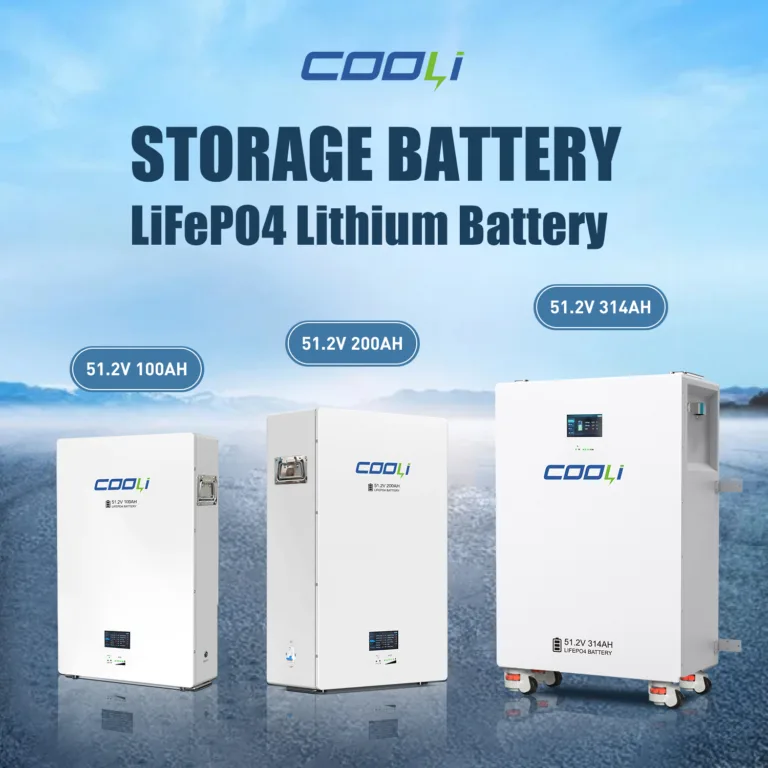
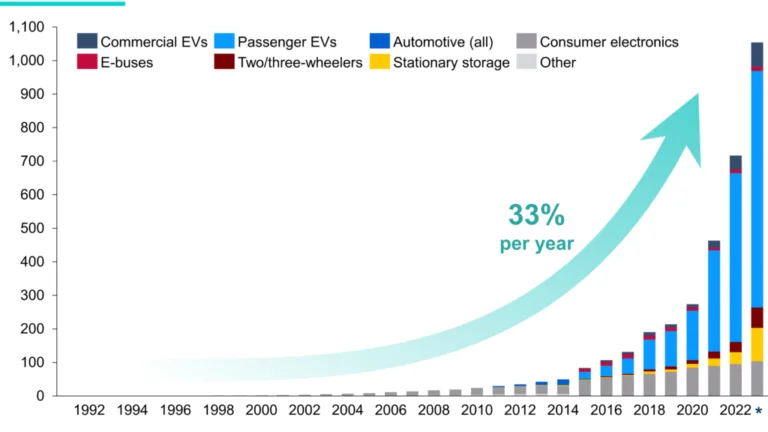
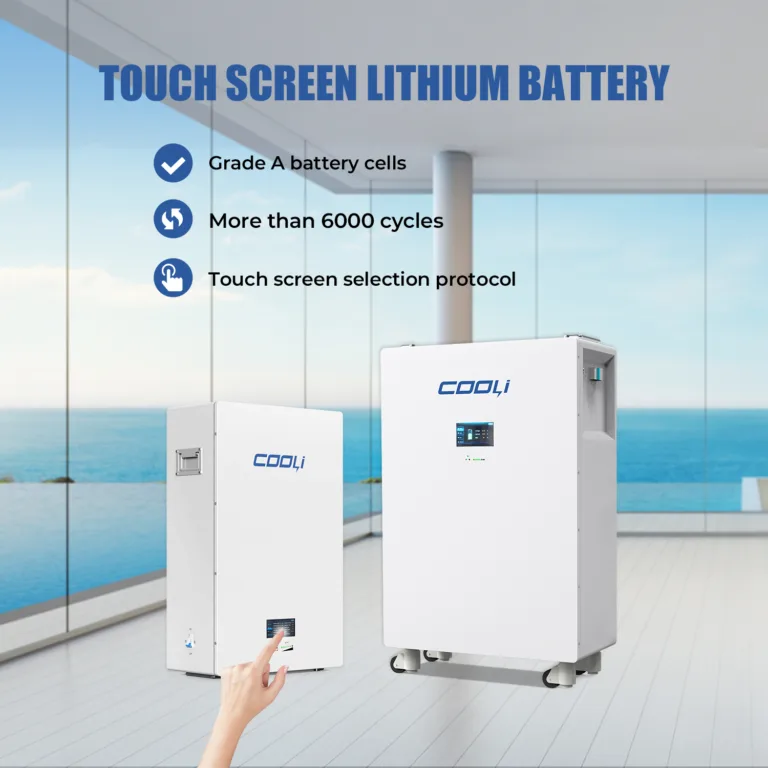
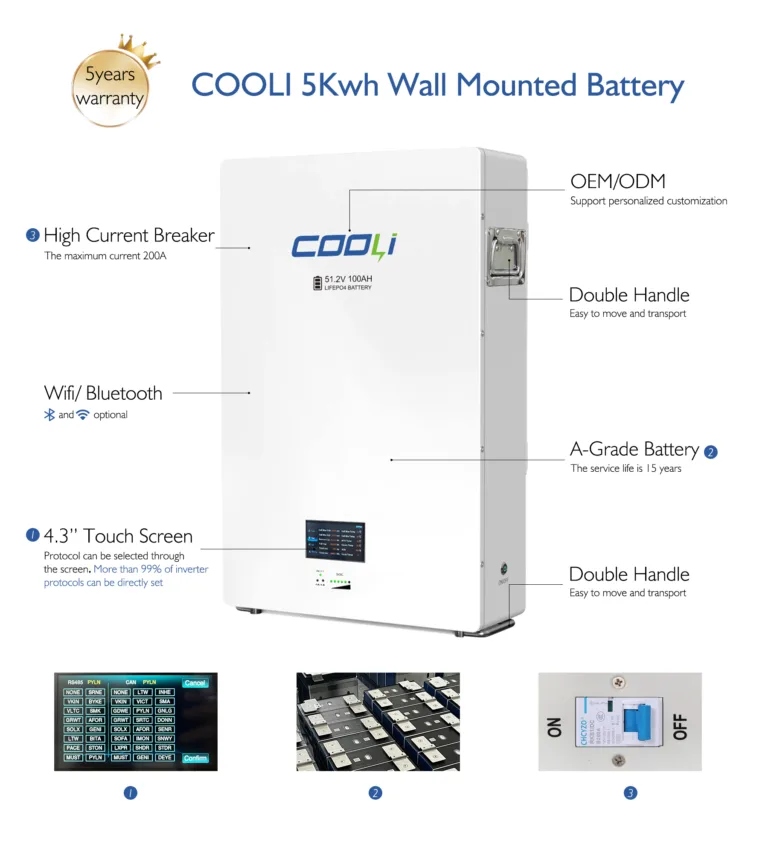


2 Comentarios